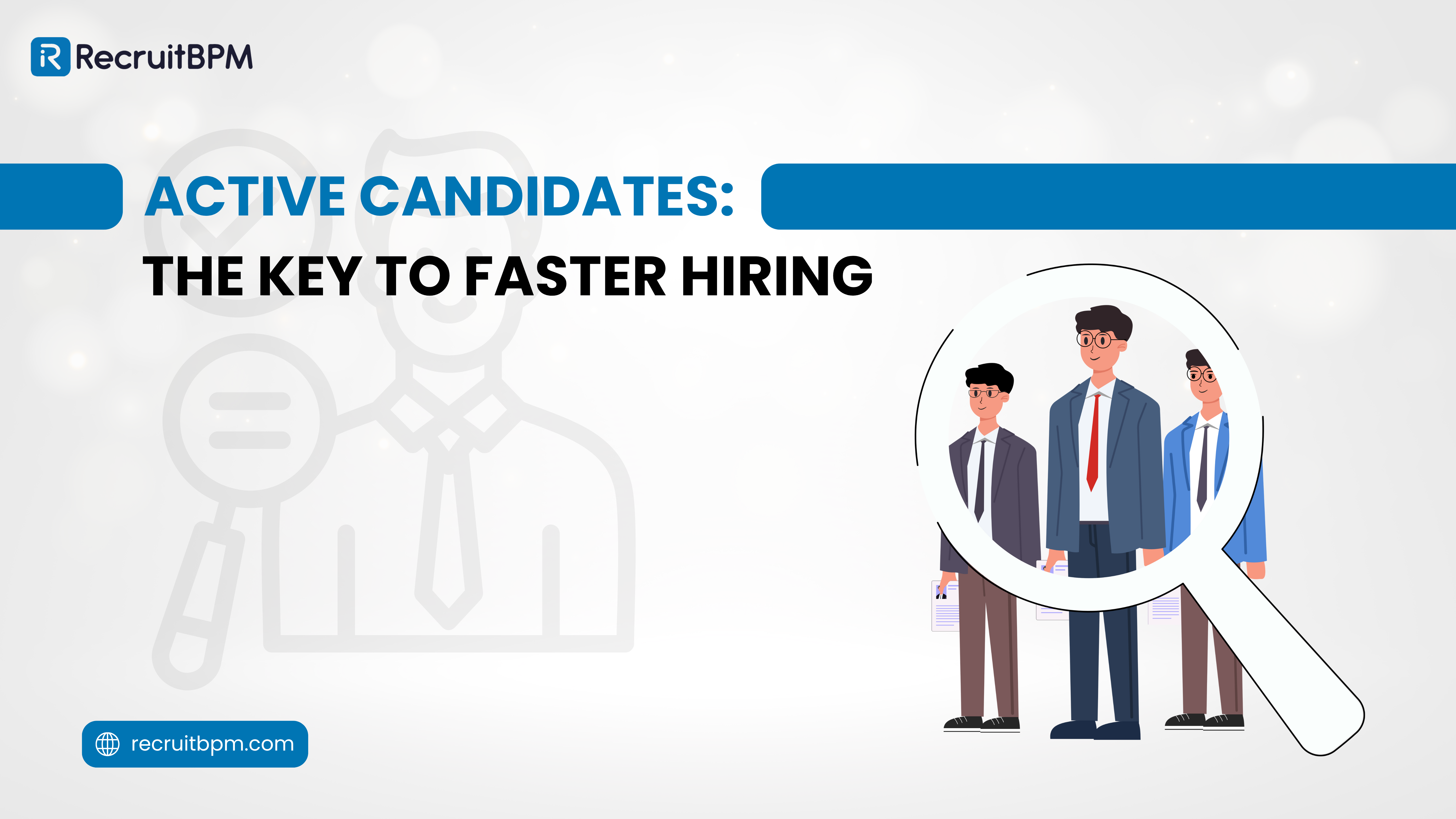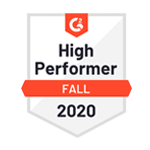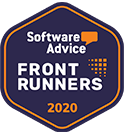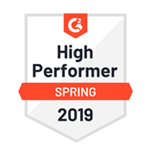Recruitment success depends on understanding candidate psychology and behavior patterns. While recruitment agencies invest heavily in sourcing passive talent, active candidates represent an immediate, motivated talent pool that many organizations underutilize.
These job seekers arrive ready to engage, shortening time-to-hire and reducing sourcing costs. Yet without strategic management, recruitment agencies risk overwhelming their pipelines with unqualified applicants while missing top performers in the active candidate pool.
What are Active Candidates?
Active candidates are professionals currently searching for new employment opportunities and taking concrete steps to secure positions. Unlike passive candidates who require persuasion or actively passive individuals who express interest without action, active candidates demonstrate clear job-seeking behaviors.
These candidates regularly browse job boards, submit applications, update their resumes, and network with hiring managers. They upload portfolios to job search platforms, optimize their LinkedIn profiles for recruiter searches, and respond quickly to outreach. Their immediate availability and receptiveness make them valuable targets for recruitment agencies facing tight hiring timelines.
Active candidates fall into two primary categories. Some remain employed but actively seek better opportunities due to dissatisfaction with current roles, limited advancement prospects, or compensation concerns. Others are unemployed and urgently need new positions, bringing different motivations and timeline pressures to the hiring process.
The defining characteristic isn’t employment status but behavior. Active candidates take initiative throughout their job search, demonstrating enthusiasm and readiness that passive candidates typically lack.
Why Active Candidates Matter for Recruitment Agencies?
Active candidates provide strategic advantages that directly impact recruitment agency performance metrics and profitability.
Speed and efficiency define active candidate recruitment
60% of candidates use online job boards as their primary job search method, making them easily accessible through traditional recruitment channels. Since they’re already searching, your outreach meets them where they are rather than requiring extensive relationship-building.
Time-to-fill decreases significantly with active candidates. They respond to messages within hours rather than days, complete applications promptly, and maintain flexible interview schedules. This responsiveness accelerates placement cycles, allowing recruitment agencies to meet client deadlines consistently.
Volume creates selection opportunities
Active candidate pools naturally exceed passive candidate availability. More applicants mean better chances of finding candidates who precisely match client requirements. Recruitment agencies can be selective, presenting only the strongest profiles to clients.
Motivation drives successful placements
Active candidates genuinely want new opportunities, reducing the risk of offer rejections or last-minute withdrawals. Their eagerness translates to smoother negotiations and higher acceptance rates compared to passive candidates who might use your offer as leverage for counteroffers.
Cost-effectiveness improves margins
Sourcing active candidates requires less investment than passive candidate recruitment. Job postings, applicant tracking systems, and candidate databases cost significantly less than the extensive networking, relationship-building, and persuasion that passive recruitment demands.
However, companies that personalize their communication with candidates see a 40% increase in candidate engagement, indicating that even with motivated active candidates, strategic communication remains essential for optimal results.
How to Use Active Candidates Effectively?
Maximizing active candidate potential requires systems and strategies that separate top performers from the crowd while maintaining positive candidate experiences.
Optimize job postings for searchability
Active candidates filter opportunities by title, skills, and location. Include relevant keywords naturally throughout job descriptions to appear in search results. Clear, specific titles outperform creative but vague alternatives.
Implement robust screening processes
High application volumes demand efficient qualification methods. Structured screening questions, skills assessments, and knockout criteria help identify serious candidates quickly. Automation handles initial filtering while preserving human judgment for final selections.
Respond with speed
Active candidates apply to multiple positions simultaneously. The first recruiter who engages meaningfully often wins. Automated acknowledgment emails followed by personalized outreach within 24 hours demonstrate respect and maintain momentum.
Leverage mobile optimization
45% of job seekers use their cell phones at least once daily to hunt for jobs, making mobile-friendly application processes essential. Complicated desktop-only applications lose qualified candidates to competitors offering seamless mobile experiences.
Build talent communities
Not every active candidate fits current openings perfectly. Database management that tags skills, preferences, and career goals allows quick searches when new opportunities arise. Yesterday’s near-miss becomes tomorrow’s perfect placement.
Maintain candidate quality standards
Active status doesn’t guarantee qualification. Clear role requirements, honest job descriptions, and transparent communication about expectations prevent mismatched applications that waste everyone’s time.
Common Challenges with Active Candidates
Working with active candidates presents distinct obstacles that require strategic solutions for optimal outcomes.
Application volume overwhelms resources
Popular job postings attract hundreds of applicants, many underqualified. Manual review becomes impossible, yet automated systems risk rejecting strong candidates due to keyword mismatches or non-traditional backgrounds.
Competition intensifies among agencies
Multiple recruiters contact the same active candidates simultaneously. Differentiation through personalized engagement, transparent communication, and streamlined processes becomes critical for winning candidate loyalty.
Urgency creates pressure
Unemployed active candidates need income, potentially leading to acceptance of suboptimal fits. Recruitment agencies must balance quick placements against long-term success metrics. Poor matches damage client relationships and agency reputation.
Quality varies significantly
Active candidate pools include both top performers seeking better opportunities and struggling workers needing any position. Distinguishing between these groups requires sophisticated assessment beyond resume review.
Candidate experience expectations increase
Active candidates compare recruitment processes across multiple opportunities. Slow responses, impersonal communication, or complicated applications drive candidates toward competitors. Maintaining positive experiences at scale challenges resource-constrained agencies.

















